Our history
From telegraphy to 5G
Since 1881, KPN has been helping the Netherlands to progress with technological innovation. From the telegraph to 5G and from telephone operator to Internet of Things. This is the rich history of KPN. See the most memorable moments from 1881 to today.
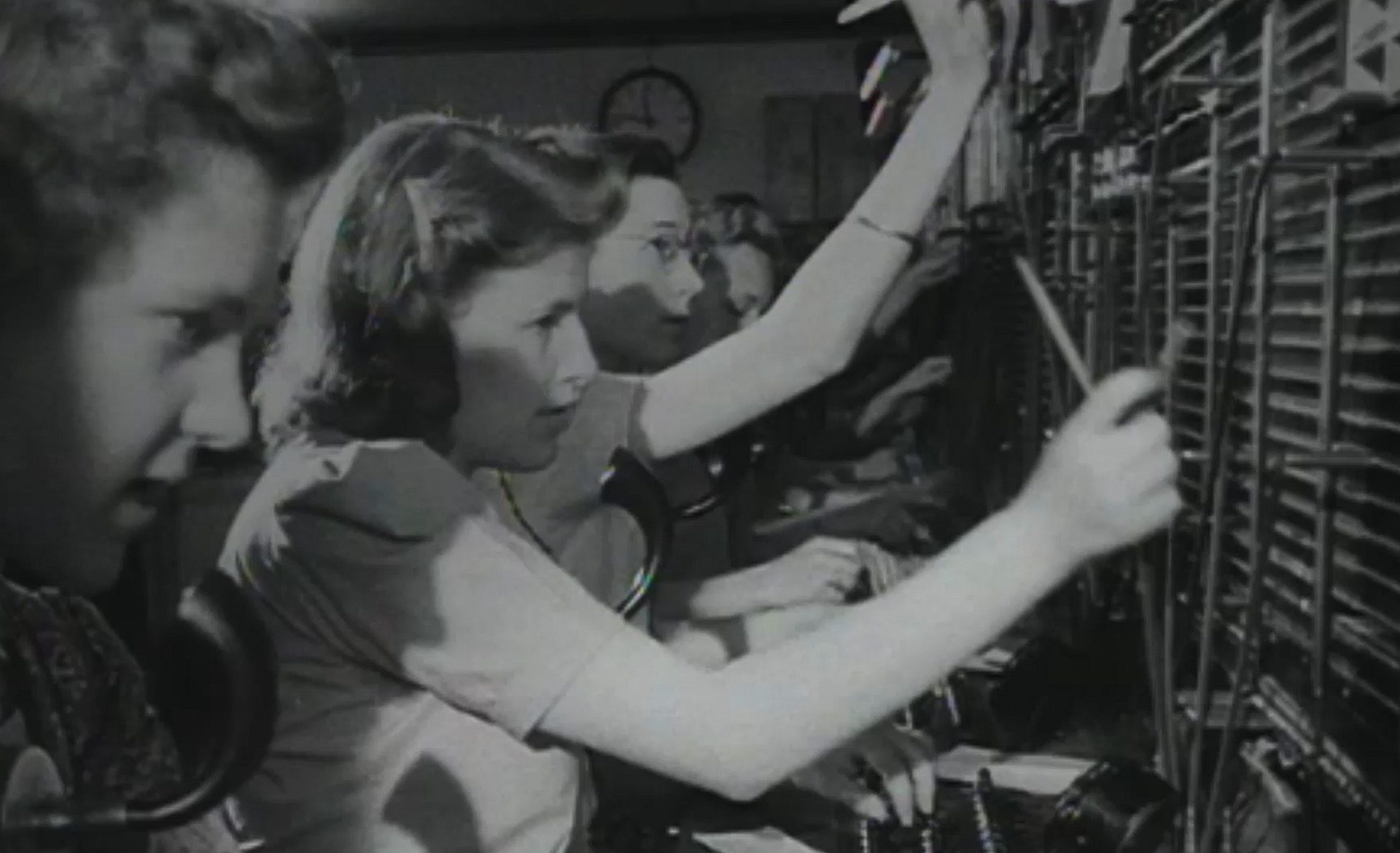
1881
1919
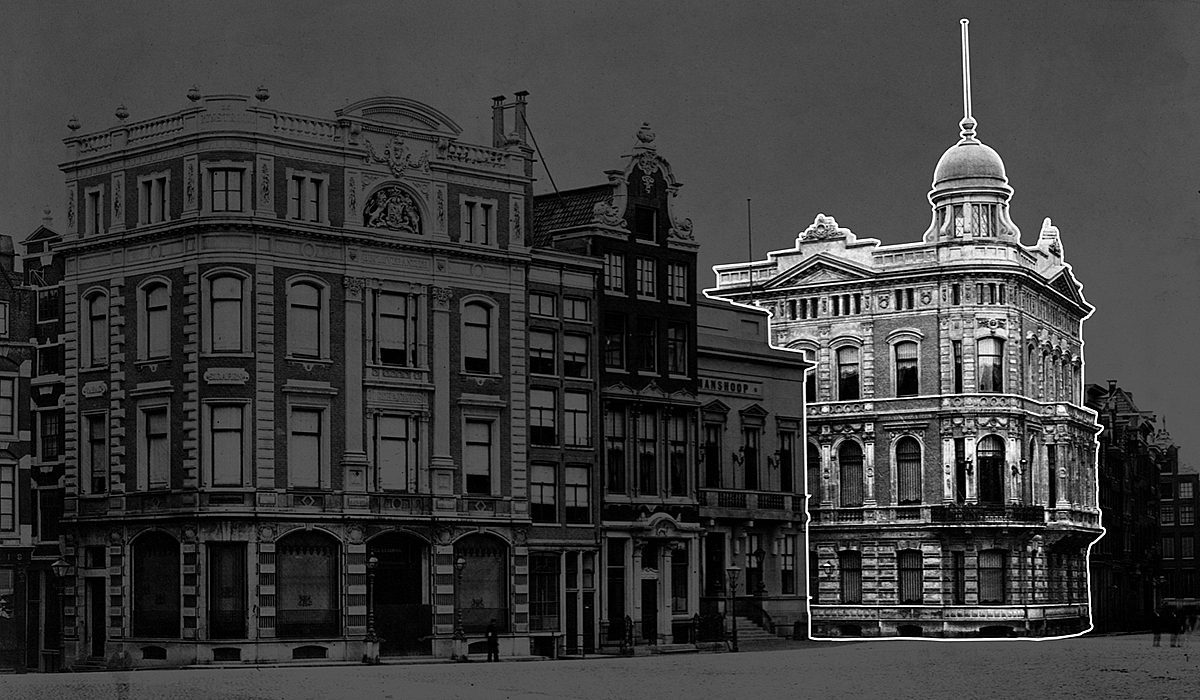
First telephone call in the Netherlands
'I'll connect you'
In this building housed ‘De Groote Club’: the location from where the first telephone call in the Netherlands took place. Several years after Alexander Bell applied for a patent on the telephone in 1876, the invention reached the Netherlands. On 1 June 1881, the first public telephone network in the Netherlands became operational in Amsterdam. In the attic of the ‘De Groote Club’ society a telephone operator from the Nederlandsche Bell-Telephoon Maatschappij (NBTM) connected the 49 subscribers to each other. ‘I’ll connect you’ were the legendary words of the first telephone call in the Netherlands. Several years later, in 1888, the NBTM established the first long distance connection in the Netherlands, between Amsterdam and Haarlem. The first steps on the way to a widespread network.
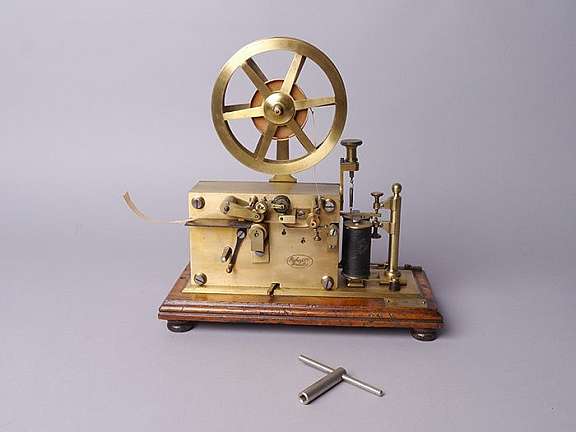
Establishment of the Administratie der Posterijen en Telegrafie
Establishment of the Administratie der Posterijen en Telegrafie (P and T), an independent organization funded by the Ministry of Water Management, Trade & Industry.
Telegraph and Telephone Law
More and more Dutch people get a telephone connection following the introduction of the Telegraph and Telephone Law.
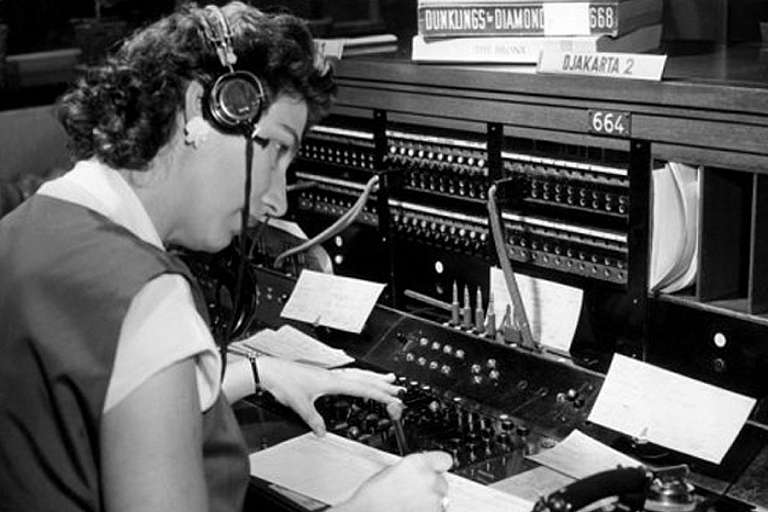
75,000 subscribers
More than 75,000 subscribers are connected to the telephone network. The telephone operator establishes a connection.
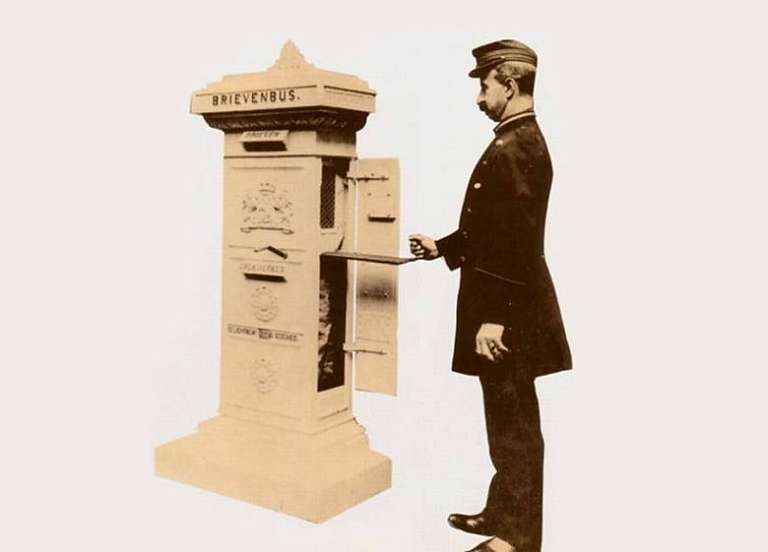
Standard mailbox in 1918
Standard letter box for automated emptying, as used in the Netherlands in 1918.
1920
1939
Change of name
A new law gives P and T another name: Staatsbedrijf der Posterijen, Telegrafie en Telefonie (PTT).
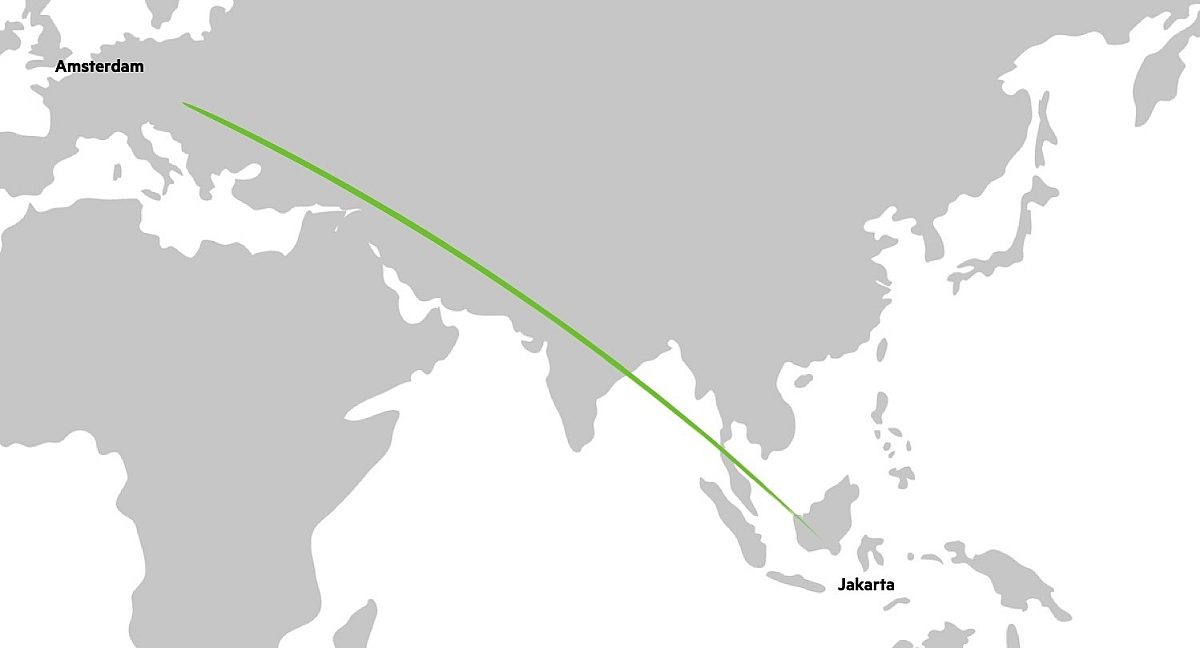
First telephone call
First telephone call with the Dutch East Indies. At 12,000 kilometers, the longest telephone connection in the world.
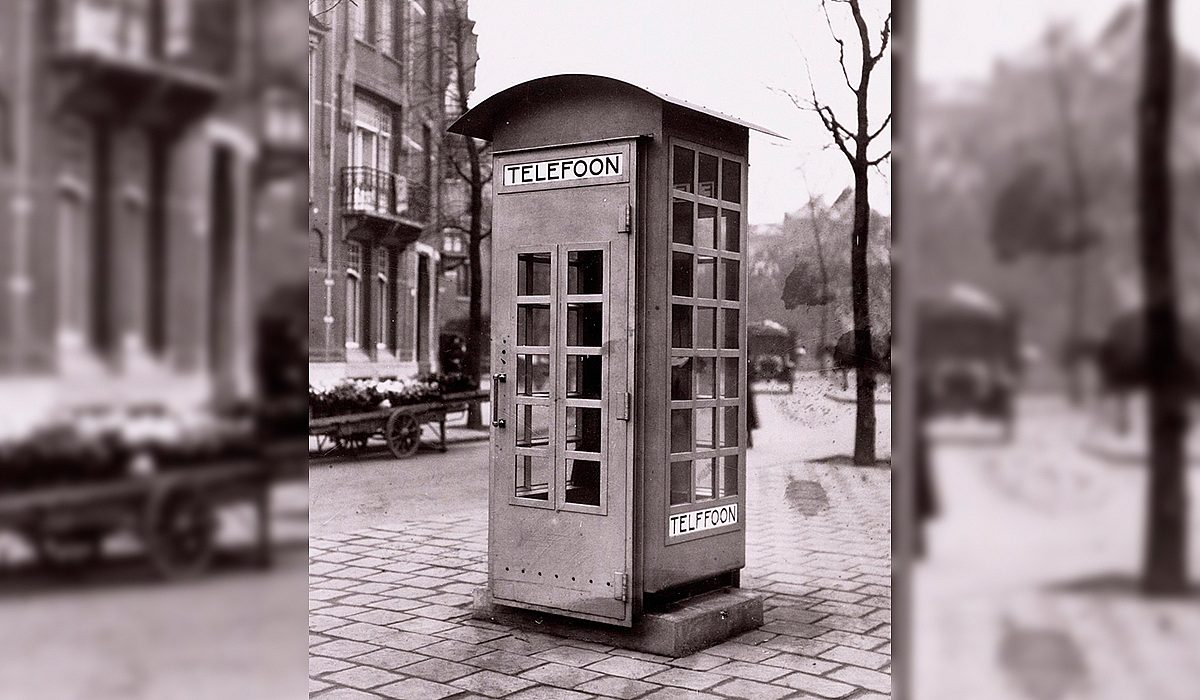
First public telephone kiosk
The Netherlands gets acquainted with the telephone kiosk. In 1931, Amsterdam’s Valeriusplein had the honor of having the first telephone kiosk on a public road in the Netherlands, an automatic coin-operated device for local calls. The telephone kiosk did not yet have the famous green color; that was only introduced in 1965. Around the year of 2000 there were some 20,000 telephone kiosks in our country. In January 2011, KPN announced that it would discontinue operation of public telephone kiosks.
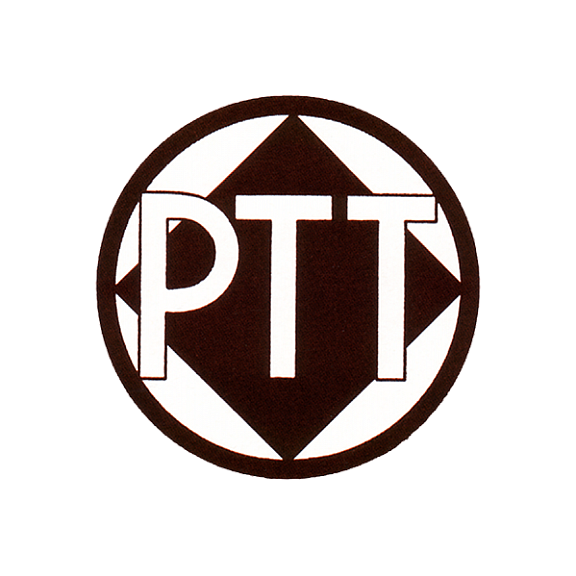
Logo 1935 - 1945
1940
1959
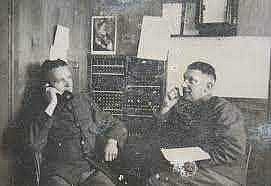
Telephone exchanges destroyed
One third of all automatic telephone exchanges were destroyed during World War Two: a capacity of almost 85,000 numbers.
003
By dialing 003, callers can listen to an automated weather forecast from the KNMI via the telephone.
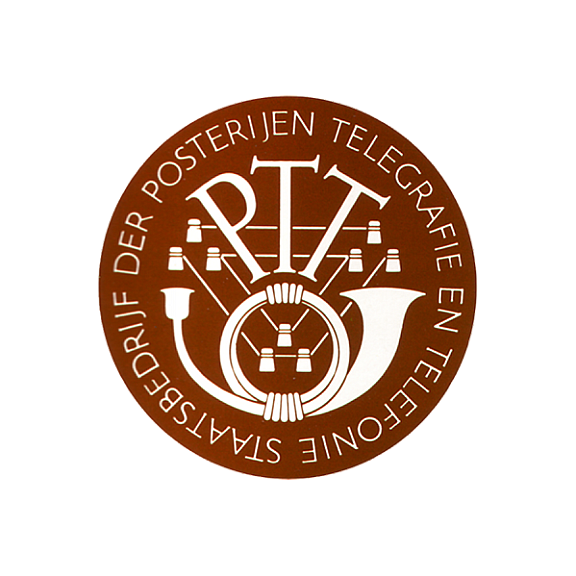
Logo 1950 - 1957
1960
1979
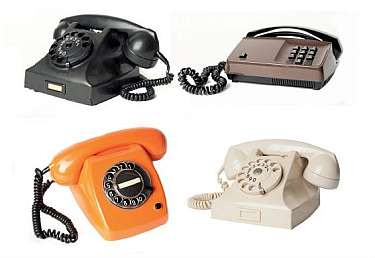
Subscribers increase
From the 1960s, the telephone becomes accessible to everyone. The number of subscribers doubles from 1 to 2 million.
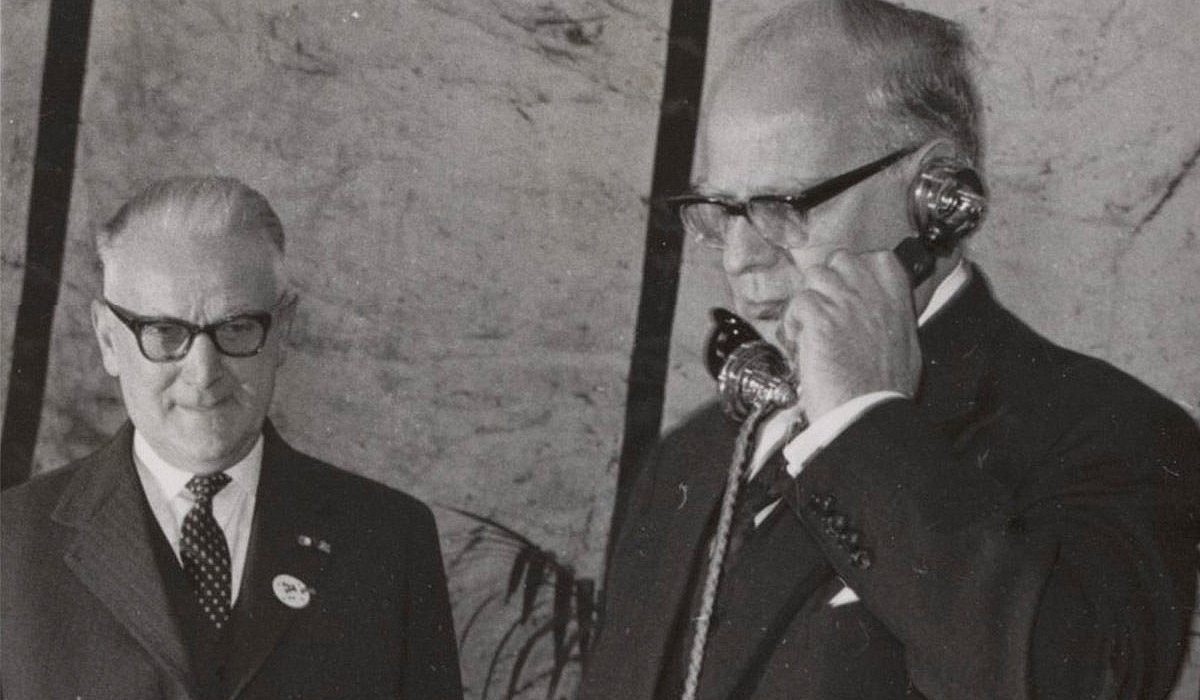
Historical moment
Minister Henk Korthals of Traffic and Water Management calls for the last time via a manually operated exchange. He gives the instruction to activate an automatic variant. On the left-hand side is Mr. G.H. Bast, Director-General of the PTT.
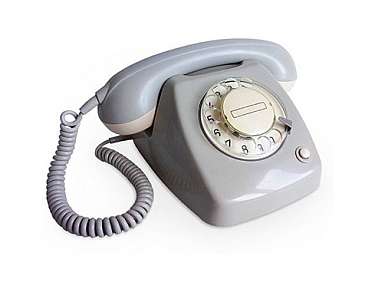
T65
Launch of the iconic T65 phone. First gray, and then in other colors.
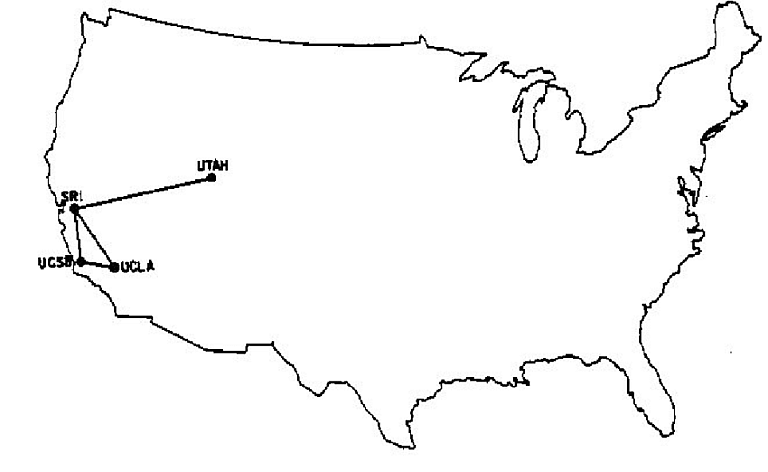
Voorloper internet
Het eerste internet is een feit: ARPANET. Het was nog maar een heel klein internet, een netwerk dat twee universiteiten aan elkaar verbond. Het is bedacht door het Amerikaanse ministerie van Defensie en wordt later ook door de Amerikaanse academische gemeenschap gebruikt. In de loop der decennia groeit dit netwerk uit tot het internet dat we nu kennen.
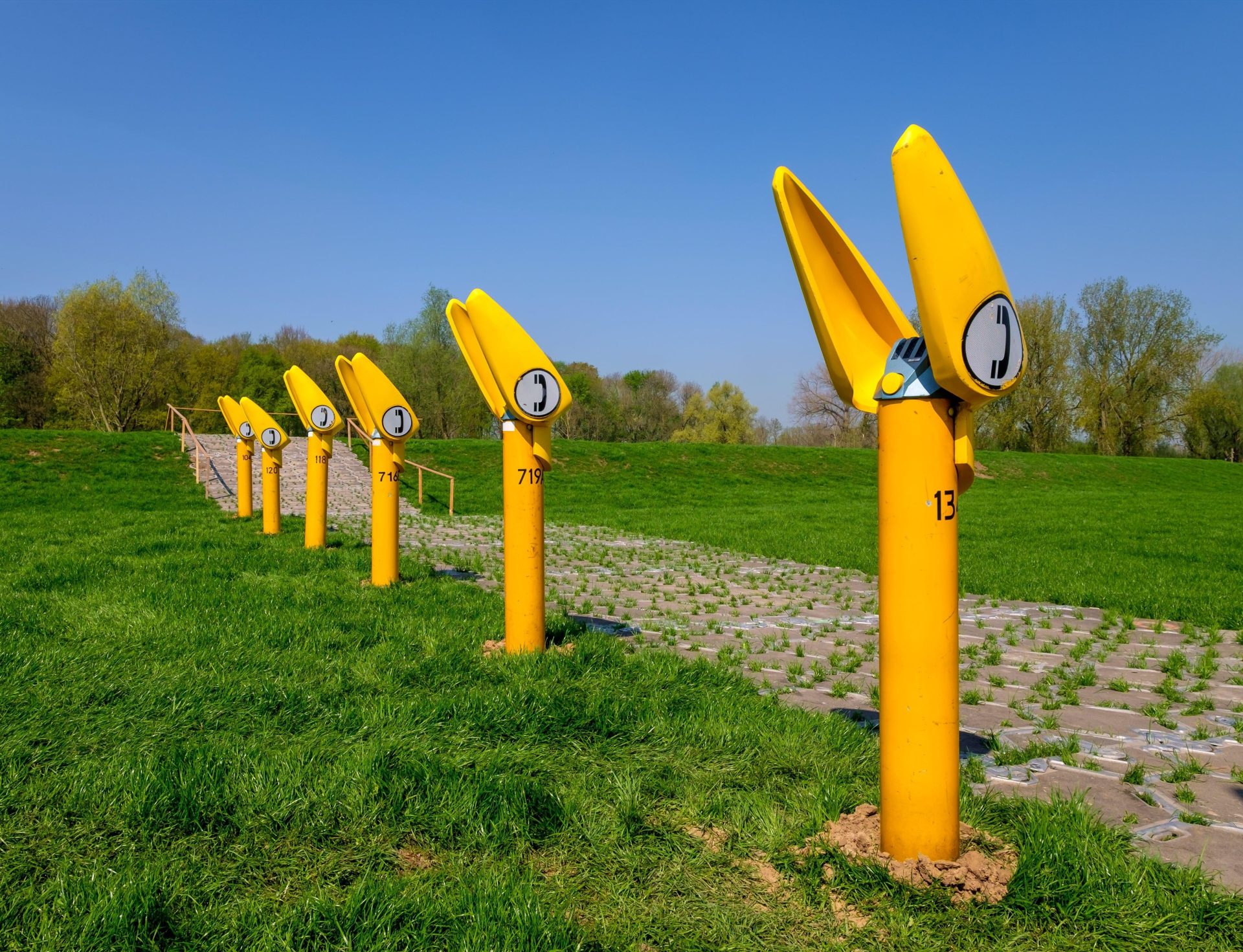
Emergency phones
The first Dutch roadside emergency telephones are activated, between Hoevelaken and Zwolle. The emergency phones are a collaboration of the PTT, ANWB and Rijkswaterstaat.
1980
1999
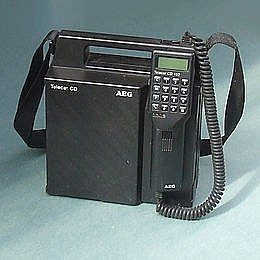
ATF-1 network
An important step on the way to mobile telephony: the introduction of the car phone, connected via the ATF-1 network.
100th anniversary
On the 100th anniversary of telephony, there are 500 million telephone connections worldwide. Currently 5 million of these are in the Netherlands.
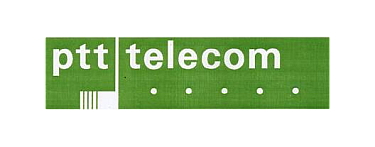
Logo 1981 - 1989

Internet en Wifi
Het CWI in Amsterdam krijgt toegang tot internet. Daarmee is Nederland, na de VS, het tweede land dat op de digitale snelweg wordt aangesloten. In hetzelfde jaar vindt een ander historisch moment plaats. Het concept voor wifi wordt bedacht: apparaten die draadloos met elkaar kunnen verbinden.

De eerste telefoongids bestond al in 1881 met 49 nummers. Vanaf 1983 werd de telefoongids huis aan huis verspreid. Een telefoongids of telefoonboek is een grote verzameling telefoonnummers, gerangschikt op woonplaats en naam, vaak ook met adresgegevens. Tot 2003 was KPN de uitgever. De Telefoongids wordt al sinds 2013 niet meer algemeen verspreid en stopte helemaal in 2018. Alles is inmiddels online te vinden.
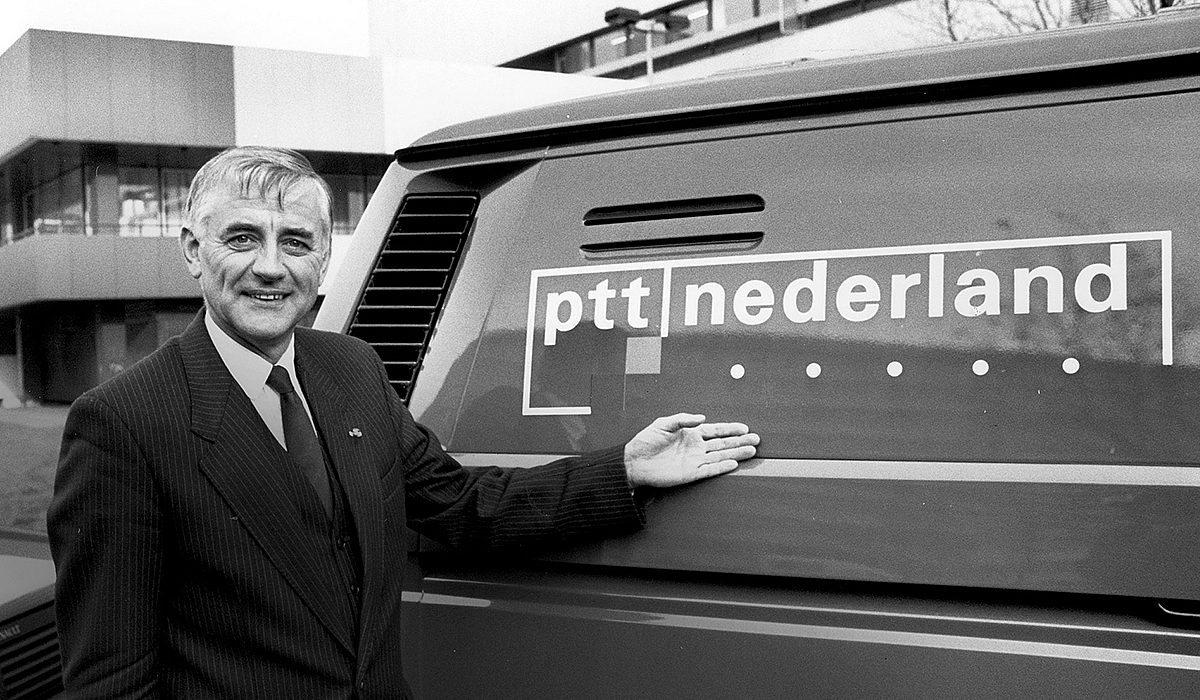
Standing on its own feet
On 1 January 1989, PTT got a new name: Koninklijke PTT Nederland NV, or KPN. This was the first step in the transition from state-owned company to full independence. The shares remained in the hands of the state, but from this date the organization itself was responsible for business operations. Wim Dik became Chairman of the Board of Management and was given the task of turning KPN into a commercial concern. PTT Post and PTT Telecom were the most important elements of KPN.
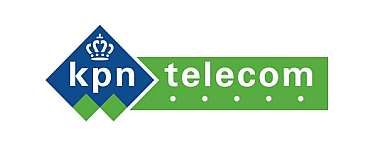
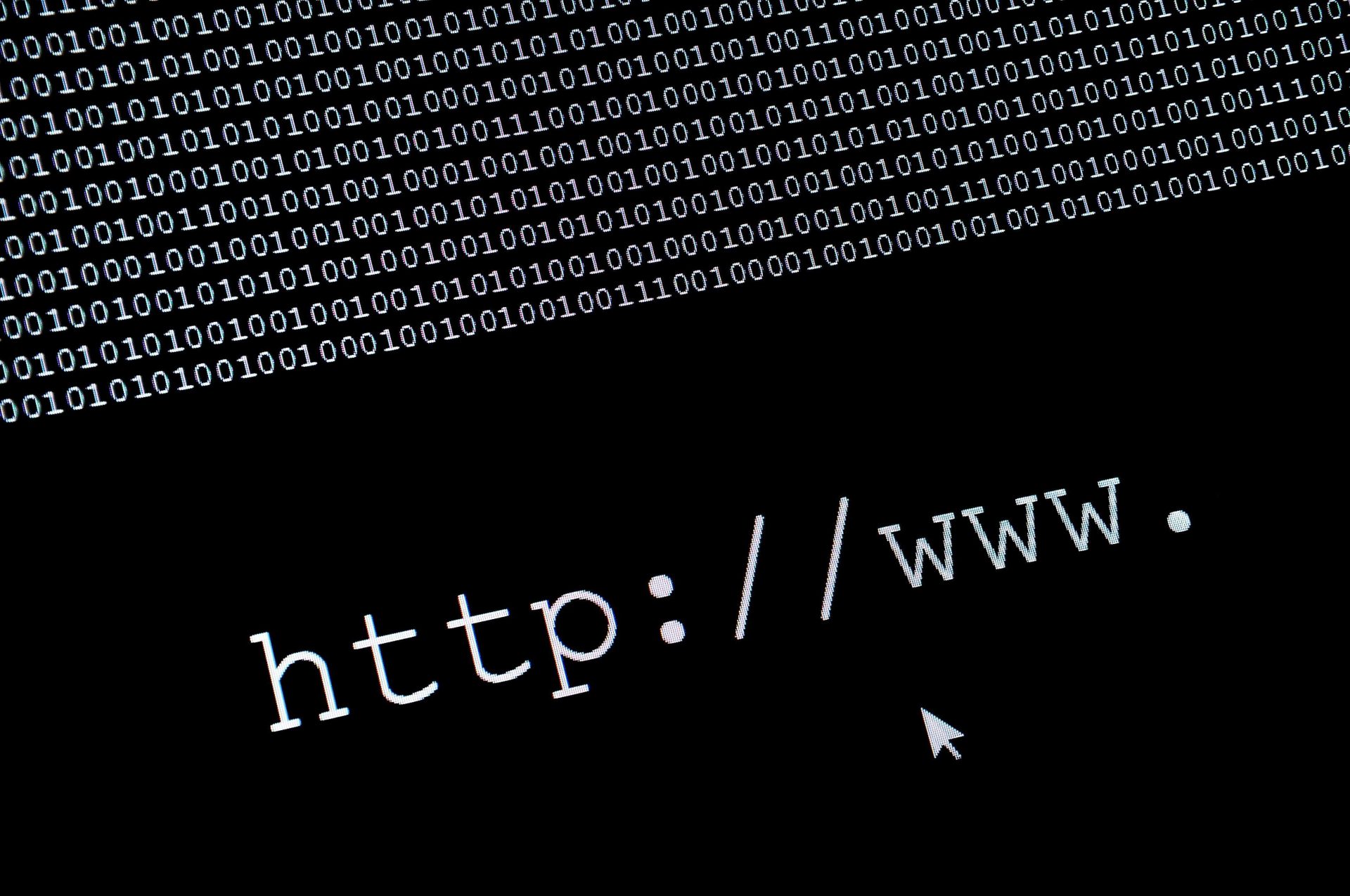
Internet
Internet makes its debut: for the first time, it’s possible to send messages via electronic post. Or: e-mail.
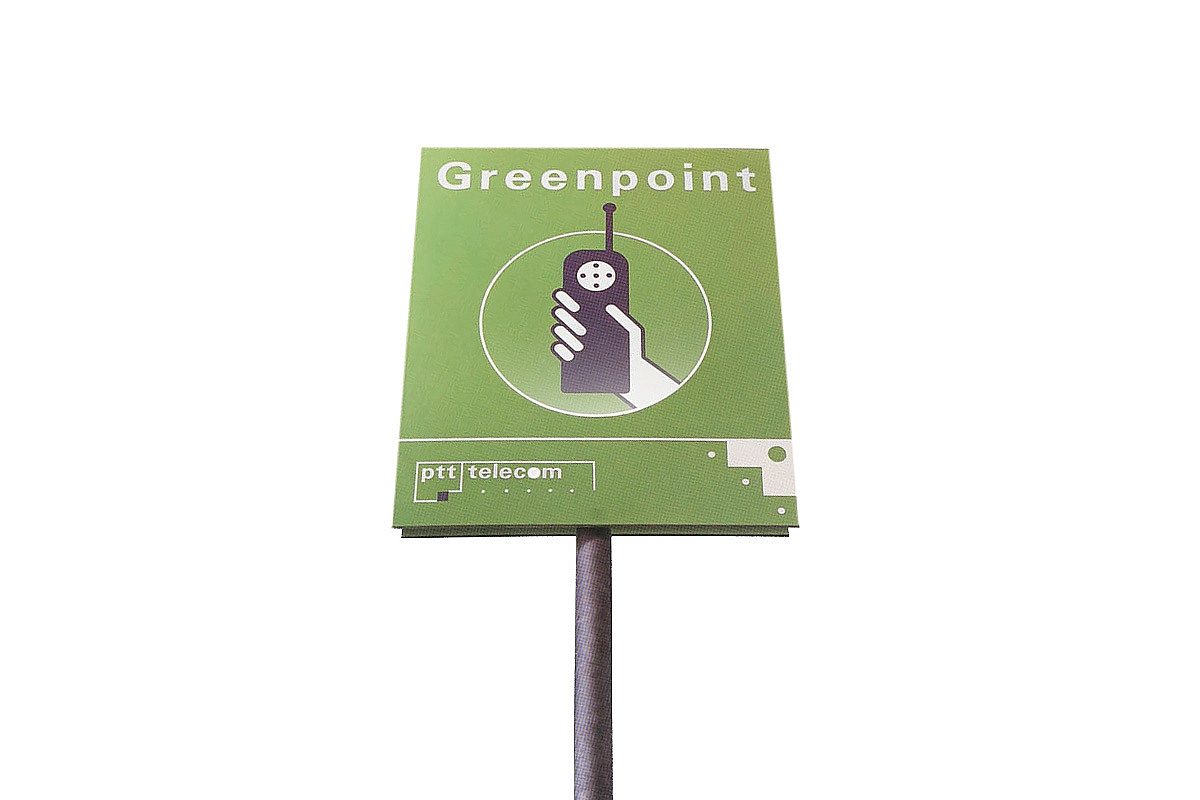
Greenpoint
From early on, KPN saw the enormous potential of mobile calling. Greenpoint was a network of 5,000 contact points located at, among others, post offices and gas stations.
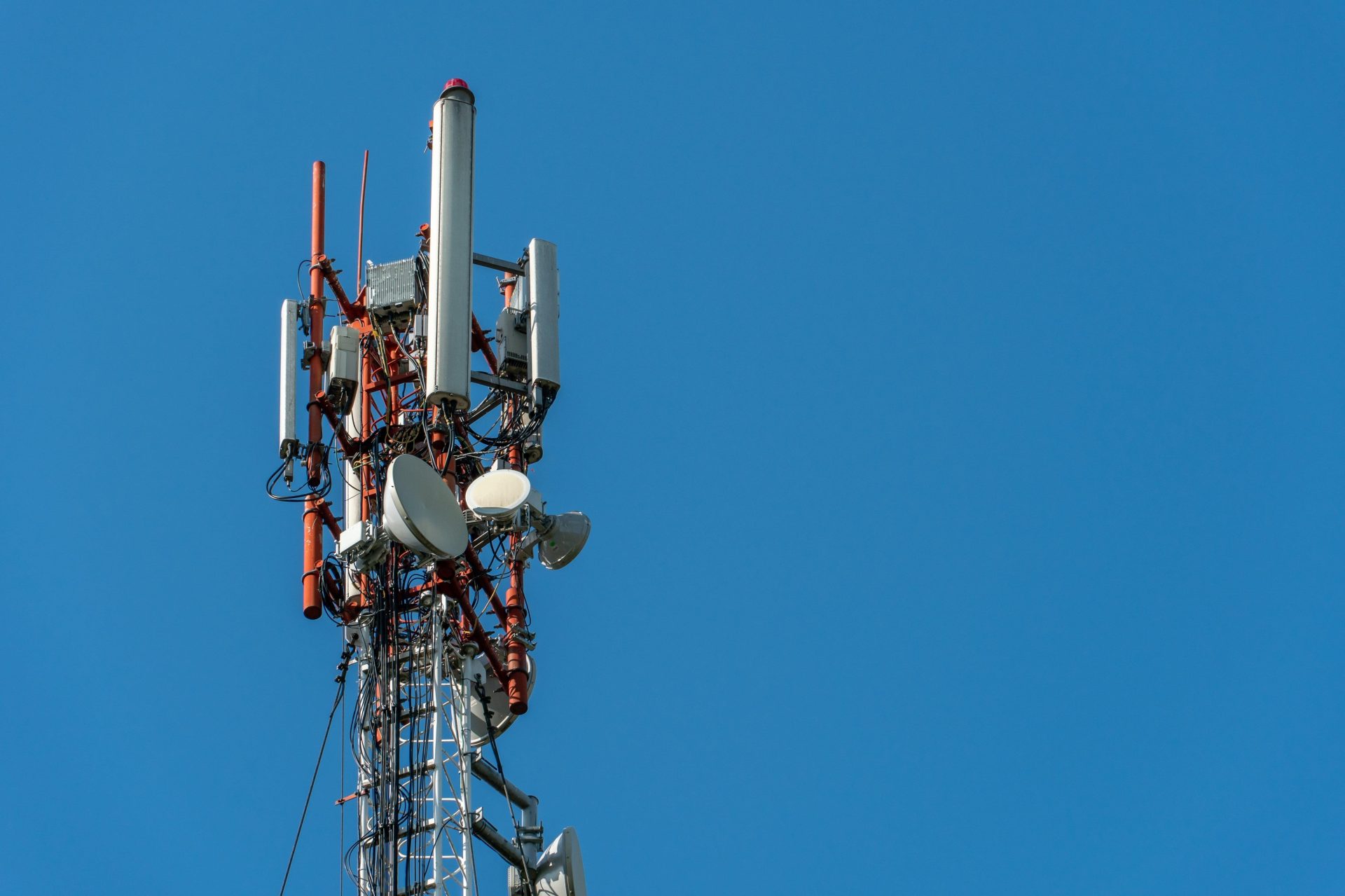
GSM network
The first GSM network means that callers are now accessible all the time and everywhere via their mobile phone.
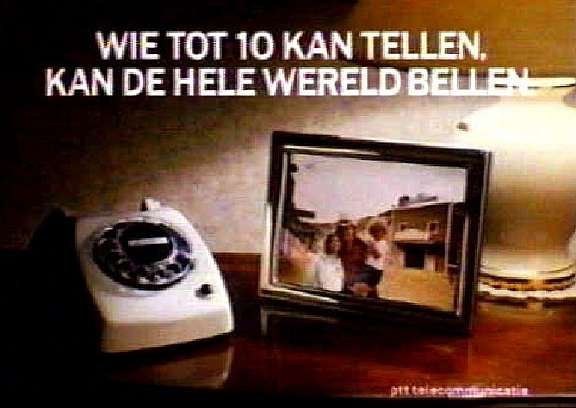
Operation DeciBel
On 10 October (the ‘tenth of the tenth’) all telephone numbers become 10 digits. The large re-numbering campaign is called Operation DeciBel and is necessary in order to guarantee that sufficient telephone numbers can be created in the future.
ISDN
KPN maakt het internetleven een stuk makkelijker door ISDN te introduceren. Daardoor wordt het mogelijk om tegelijk te bellen en te internetten en verbetert zowel de kwaliteit, snelheid als betrouwbaarheid van de verbinding.
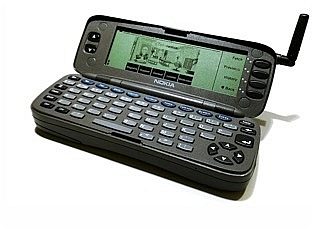
Nokia 9000 Communicator
The Nokia 9000 Communicator is one of the very first smartphones introduced to the Netherlands. Users can call, e-mail, surf the internet and fax.

Hi
Introduction of the Hi brand, which is focused on young people and mobile telephony. It is a highly successful provider of mobile telephony for many years. It continues until 2015, and then becomes part of KPN.
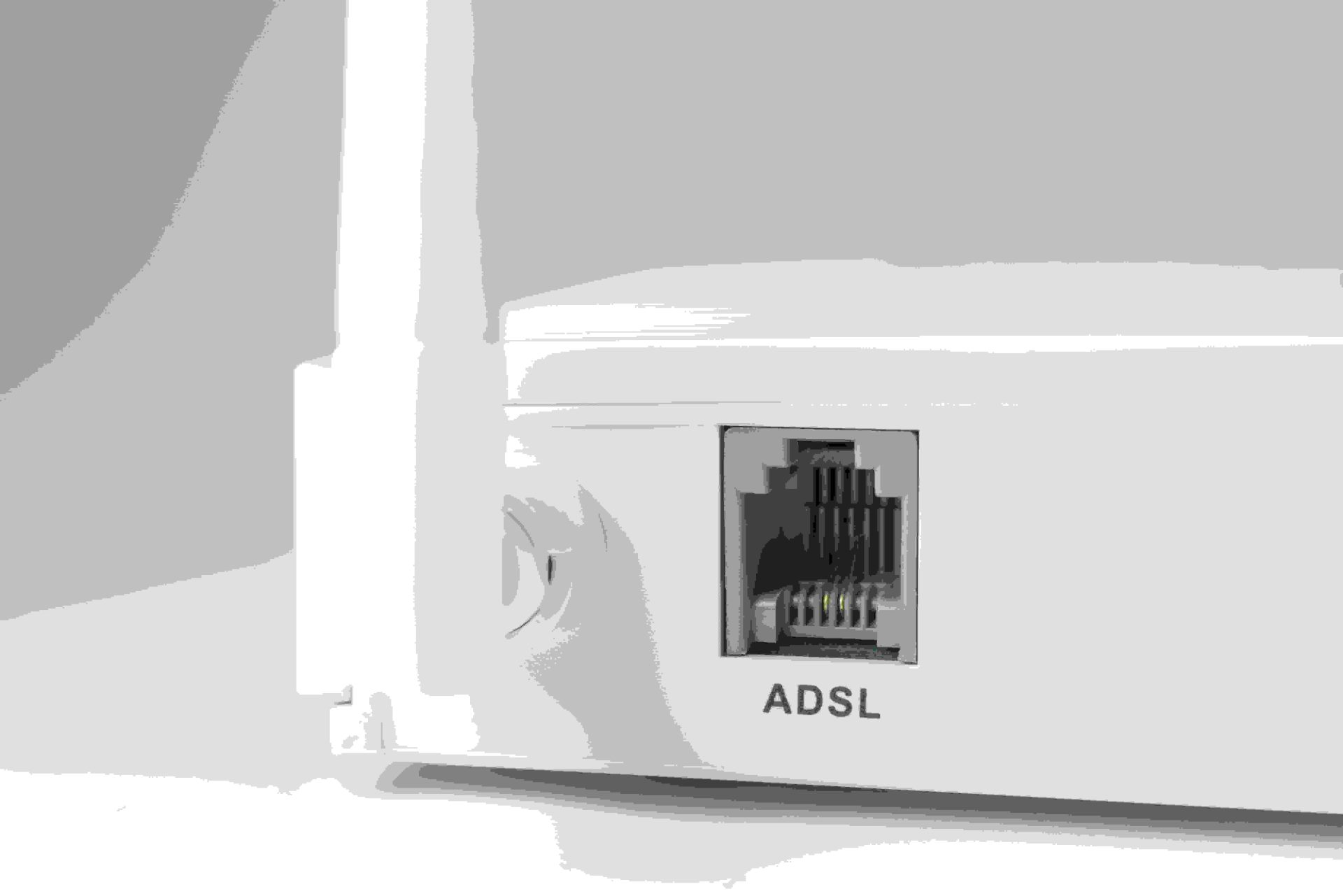
ADSL
Onder de naam Snelnet start KPN een proef met ADSL. Daarbij wordt de telefoonlijn in tweeën gesplitst; het internetdeel maakt veel snellere gegevensoverdracht mogelijk. Zodoende introduceert KPN breedbandinternet in Nederland. Nog een groot voordeel van ADSL: onbeperkt internetten voor een vast bedrag per maand.
PTT Post and PTT Telecom separated
PTT Post and PTT Telecom go their separate ways. PTT Telecom then becomes known as KPN NV.
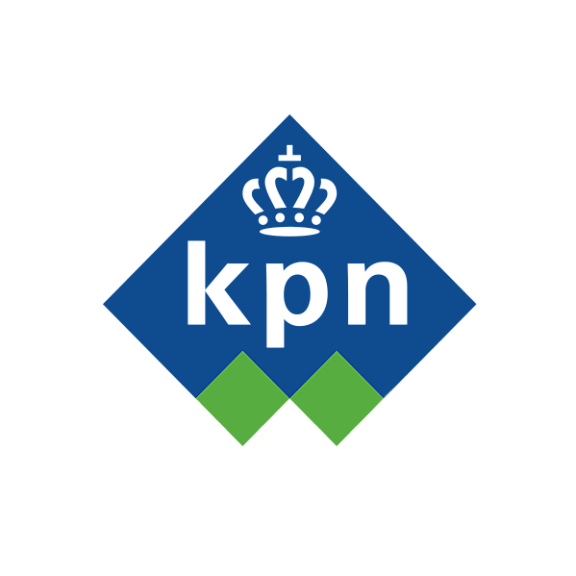
1998
Logo 1998 - 2006
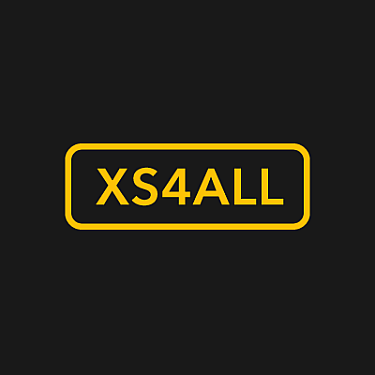
XS4ALL
Internet provider XS4ALL becomes part of KPN. XS4ALL was started in 1993 as a pilot by the Dutch hackers organization Hack-Tic.
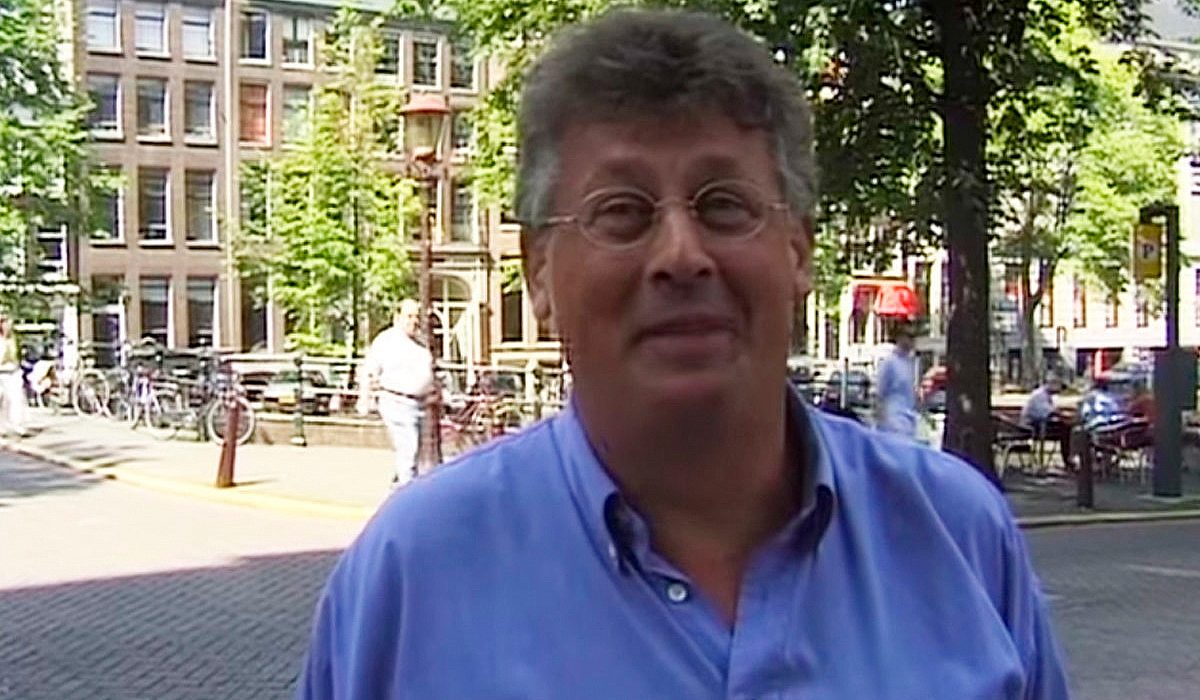
'A mobile phone? No, I don’t need one'
It’s now become an iconic video in 1998, program maker Frans Bromet questioned people on the street about the usefulness of a mobile phone.

Blackberry
With the introduction of the Blackberry, the growth of business data traffic via the smartphone explodes.
2000
2019
Nederland massaal op ADSL
KPN rolt, samen met XS4ALL, Planet Internet en World Online, ADSL landelijk uit. Waar de internetsnelheden begin jaren negentig nog 9,6 of 14,4 Kbps waren en sinds ISDN 64 Kbps, werden met ADSL snelheden tot 2 Mbps (oftewel 2000 Kbps) mogelijk.
Ad Scheepbouwer
Ad Scheepbouwer is appointed as new CEO with the mission to secure the future of KPN. A large-scale reorganization reduces debts and increases trust.

Digitenne
KPN acquires a stake in Digitenne and now offers, in addition to telephone calls and internet, digital TV as well.
The Olympic Games in Athens
The Olympic Games in Athens are an opportunity for a special experiment by KPN and the NOS: the images of the sporting event are made available via the internet.
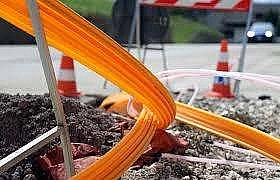
Eerste gemeente op glasvezel
Nuenen wordt als eerste gemeente in Nederland aangesloten op glasvezel. Bij deze technologie worden data met de snelheid van het licht verstuurd via een kabel die bestaat uit superdunne glasvezels. Tegenwoordig is het Nederlandse internetnetwerk één van de snelsten ter wereld. Dit komt onder ander doordat de hoofdverbindingen allemaal van glasvezel zijn en ruim 3 miljoen huishoudens inmiddels beschikken over een glasvezelaansluiting.
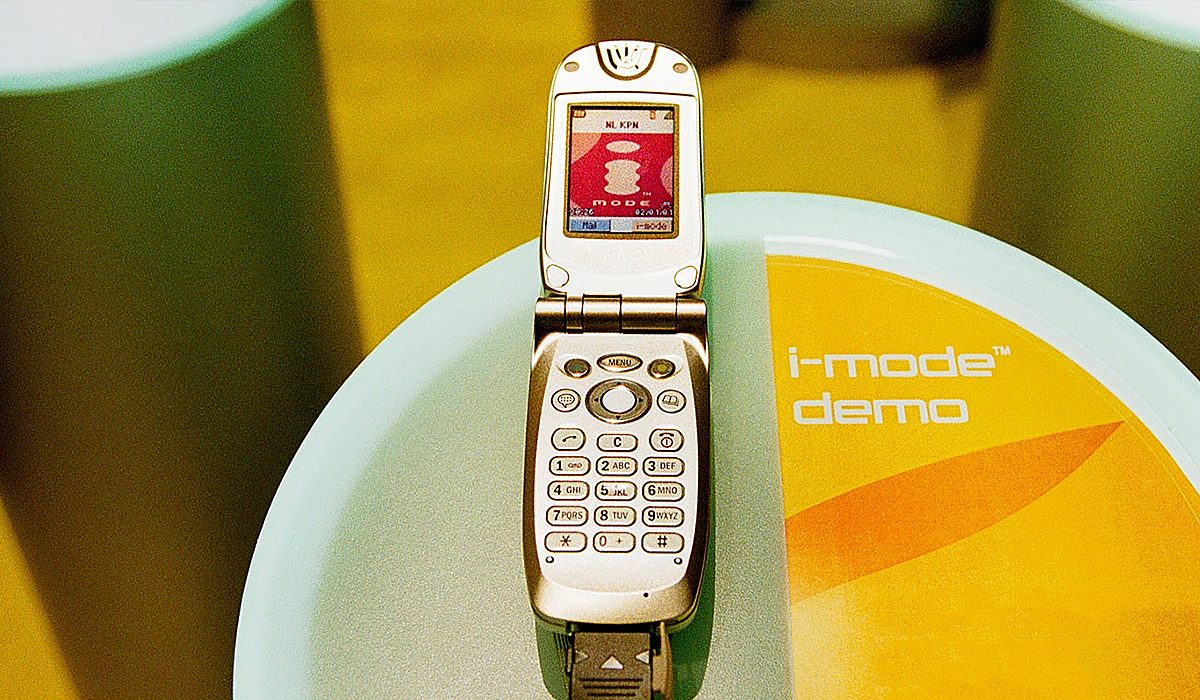
Experiment and innovate
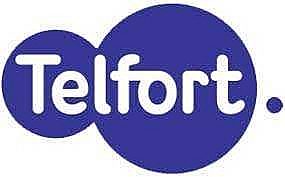
Telfort
Following the acquisition of Telfort KPN gains an additional 2 million customers.
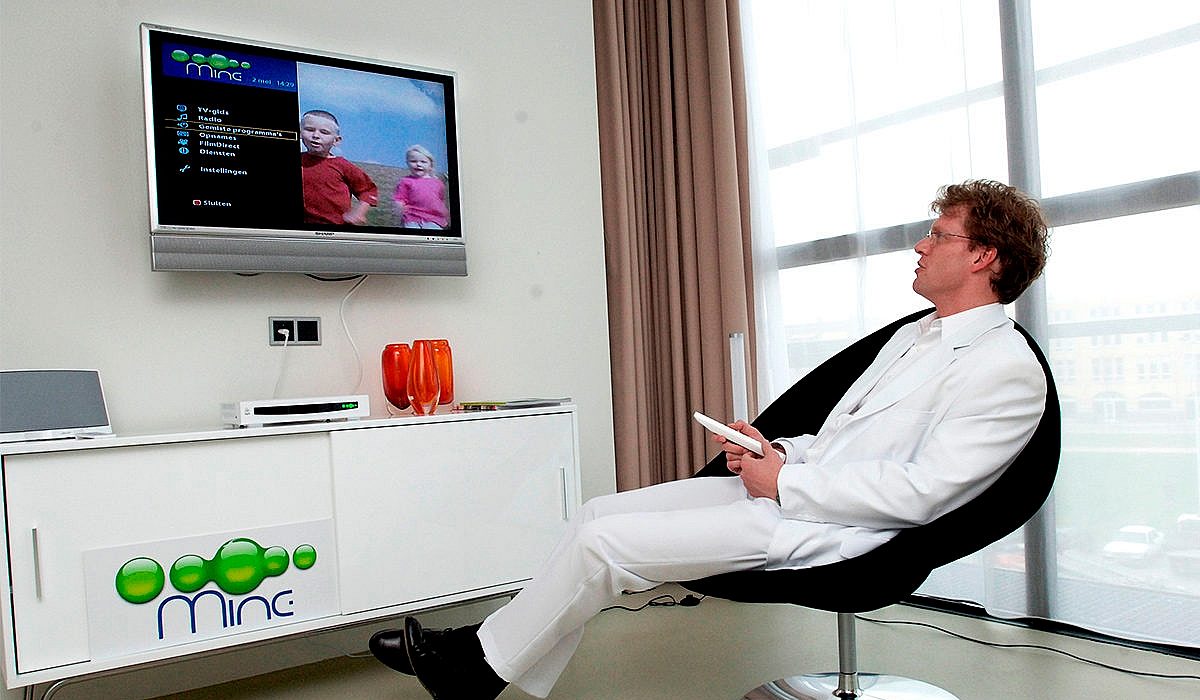
Interactive TV
In 2006, KPN introduced ‘Mine’, which quickly gets the name Interactive TV. From now on, subscribers are free to decide what and when they watch.
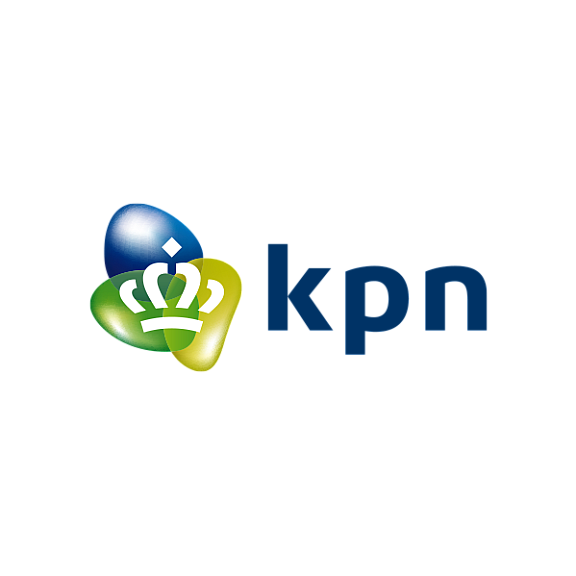
Logo 2006 - present
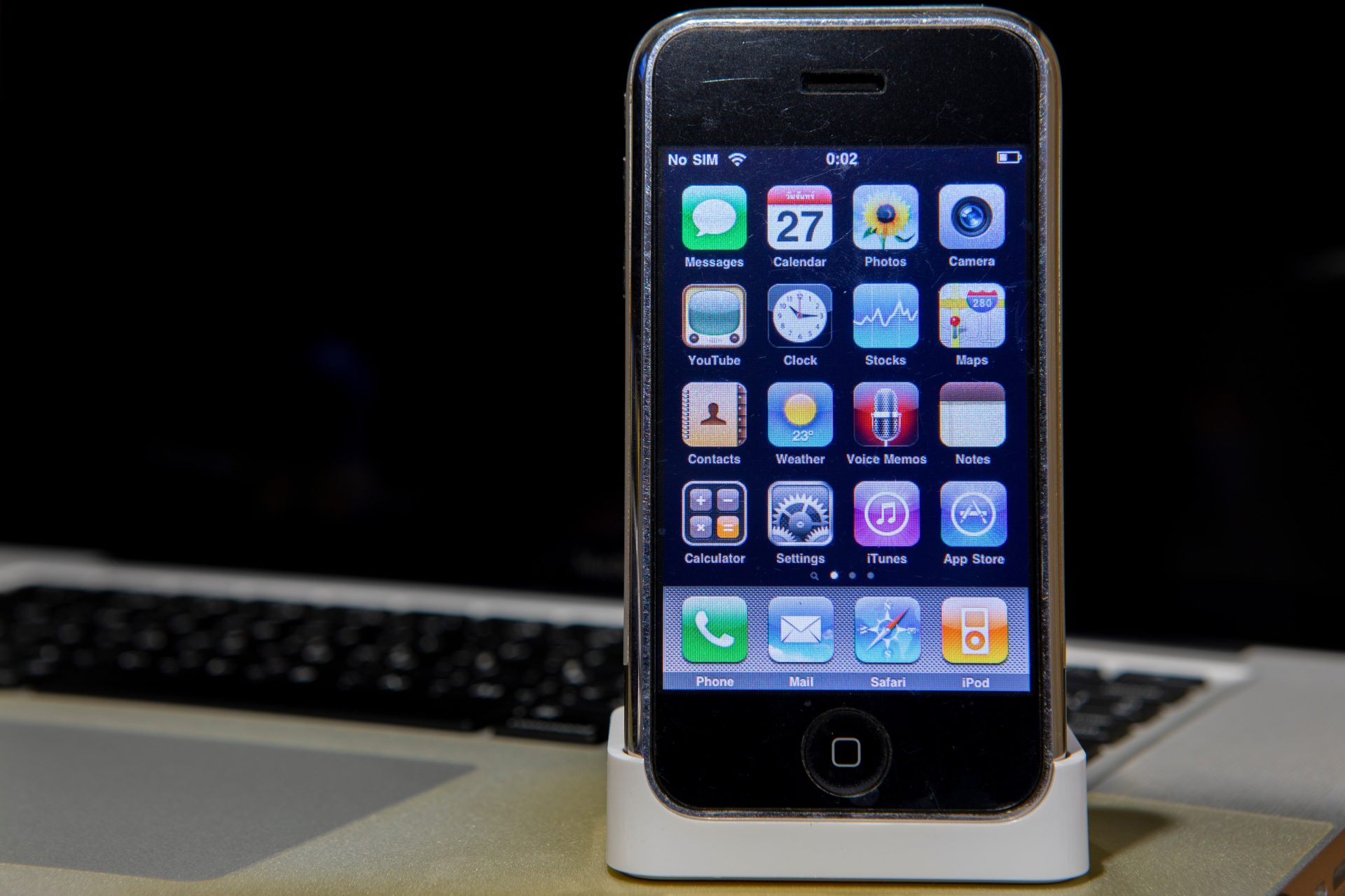
Launch of the first iPhone
The launch of the first iPhone by Apple’s Steve Jobs. It will be the definitive breakthrough of the smartphone among the general public.
Getronics
With digitization, telephony and ICT increasingly converge. Telecommunication becomes data communication. Consequently, KPN acquires the ICT company Getronics in order to expand into a full-service ICT service provider.
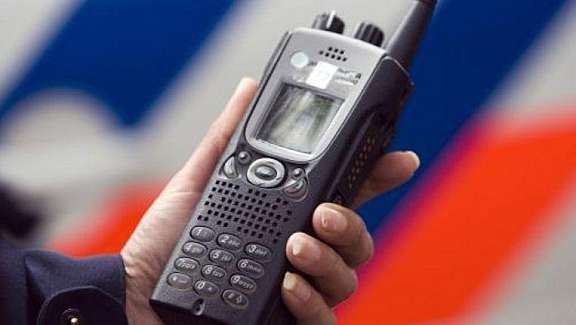
Launch of C2000
Launch of C2000, the system that enables all national emergency services to be connected with each other, all the time and everywhere.
Establishment of the KPN Mooiste Contact Fonds
Social contact is important for all of us. But not everyone takes it for granted. There can be many reasons for this, such as illness, a disability or the loss of a partner. The fund reconnects people who feel lonely with the world around them.

From calling to apps
With the advent of new communication devices, the street scene is also changing: we are now looking at our screens instead of calling.

Cloud
KPN offers customers the possibility to save their data in the cloud. So no longer on a hard disk on the computer, but on servers in secure data centers.
Eelco Blok
Eelco Blok succeeds Scheepbouwer as CEO.
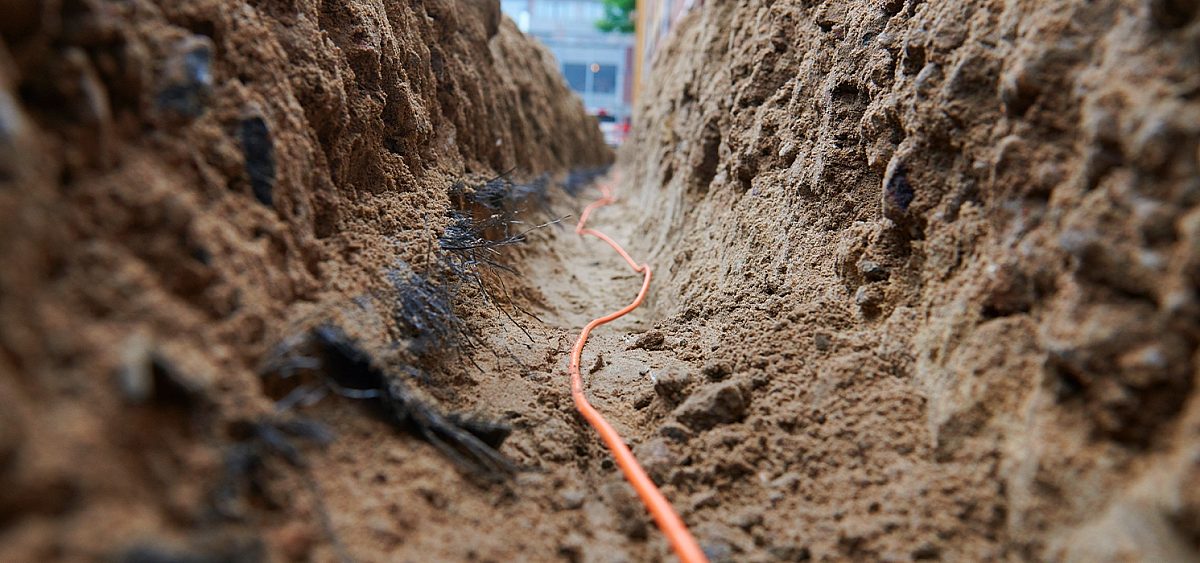
Fiber network
KPN expands its fiber network and at the same time improves its wide-ranging copper network in order to handle the rapidly growing data traffic.
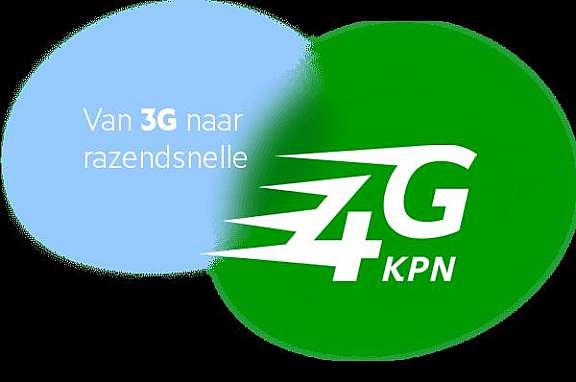
4G
KPN is the first Dutch provider of national 4G coverage, which facilitates the rapid sending of data.
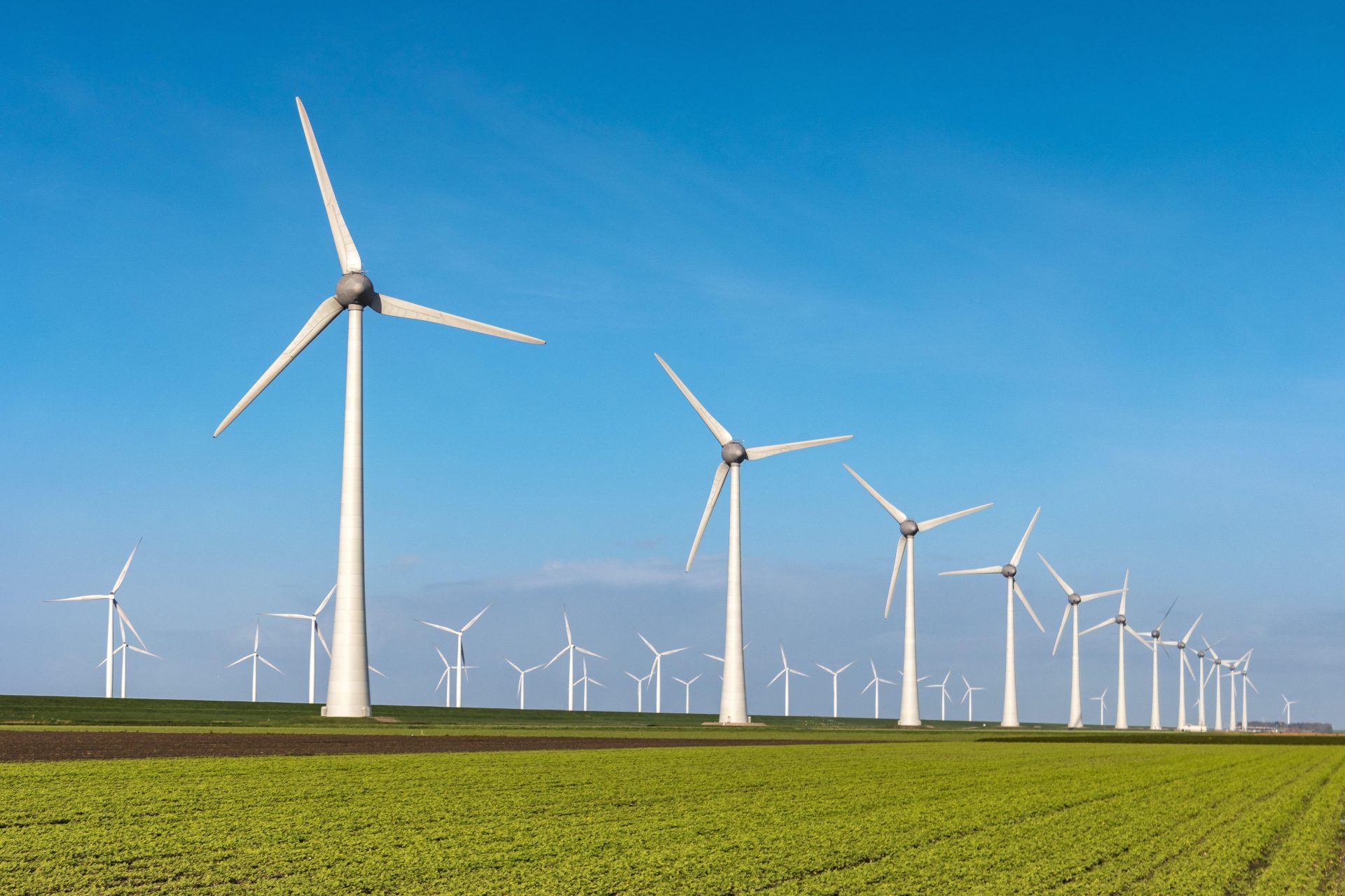
Climate neutral
Despite a structural increase in data traffic, KPN is able to reduce its energy consumption every year. In 2015, KPN becomes totally climate neutral.
Innovation
With the creation of two new divisions, KPN Ventures and KPN Technology Labs, KPN is fully committed to innovation. On the one hand by investing in promising companies, on the other hand by developing new applications itself.
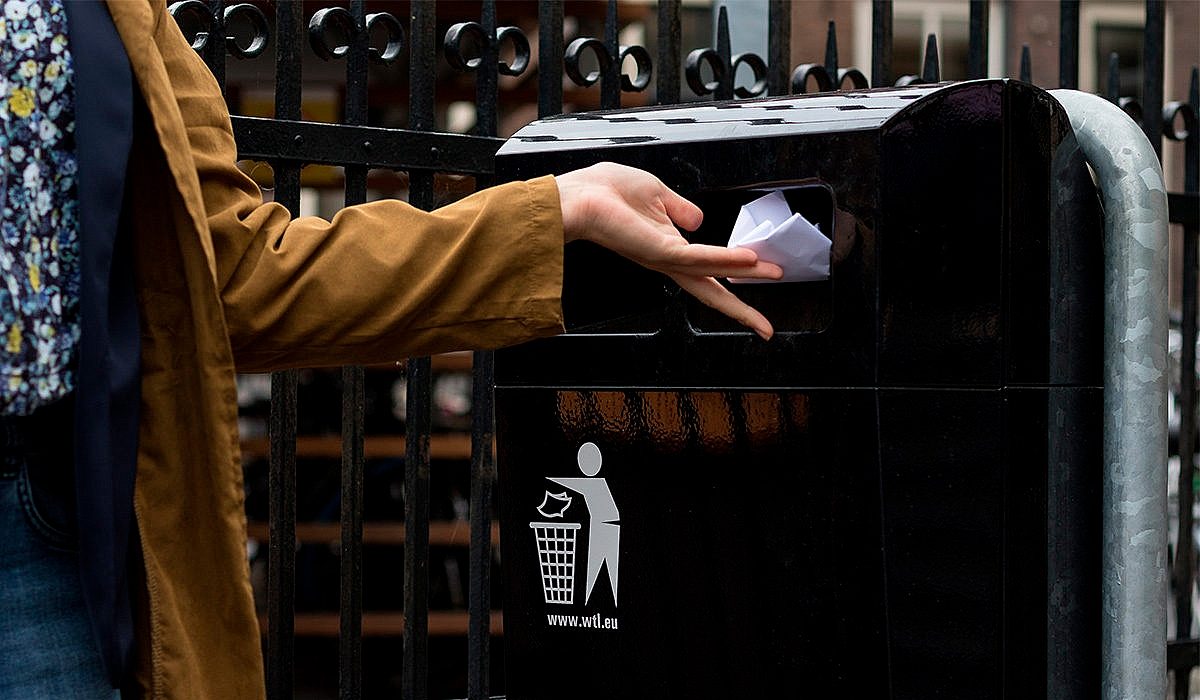
Launch of LoRa
LoRa stands for: ‘long range low power’. With this, KPN is anticipating the growing number of devices that can communicate independently: the Internet of Things.
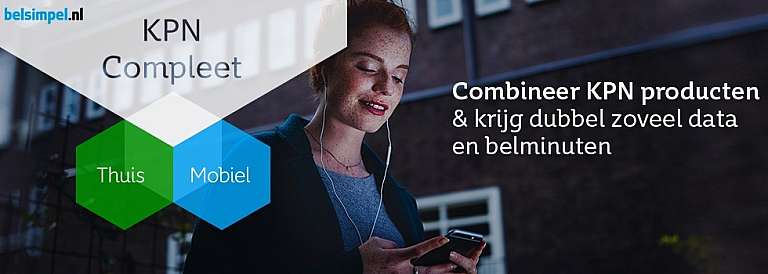
1 million fixed-mobile customers
KPN has more than 1 million fixed-mobile customers in October. These are customers who combine at least one product for the home with a mobile subscription.
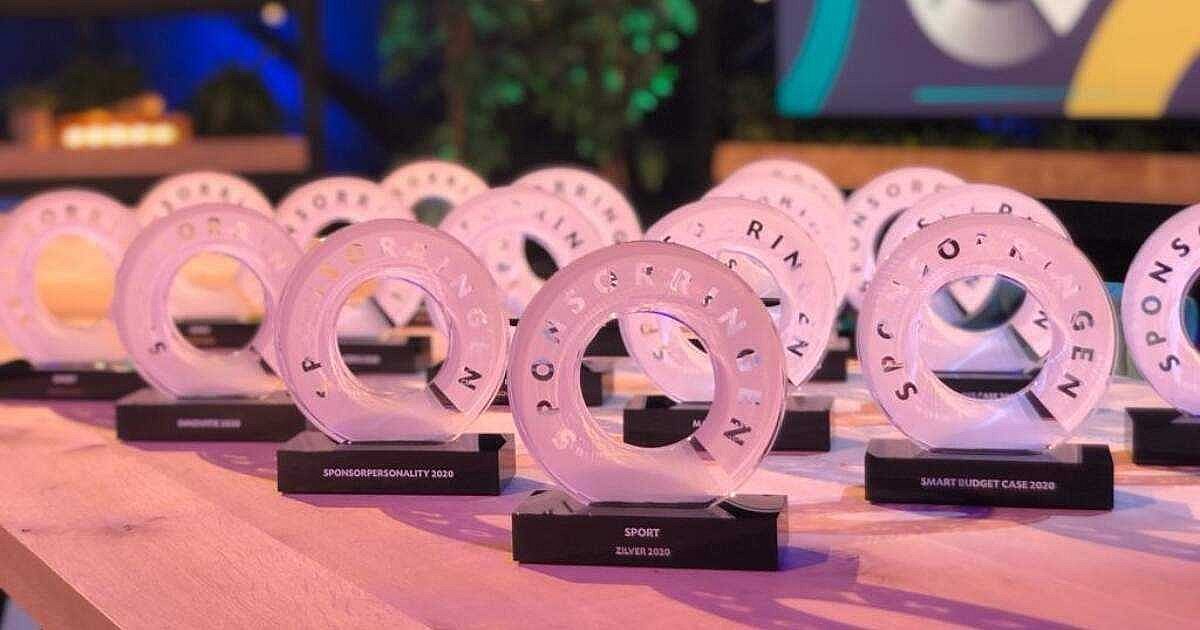
Sponsor of the Year
KPN has been named Sponsor of the Year for the third time. The prize is awarded annually by the Sponsor Rings Foundation. The years of high-level structural sponsorship approach in the field of sport, art & culture and society are rewarded.
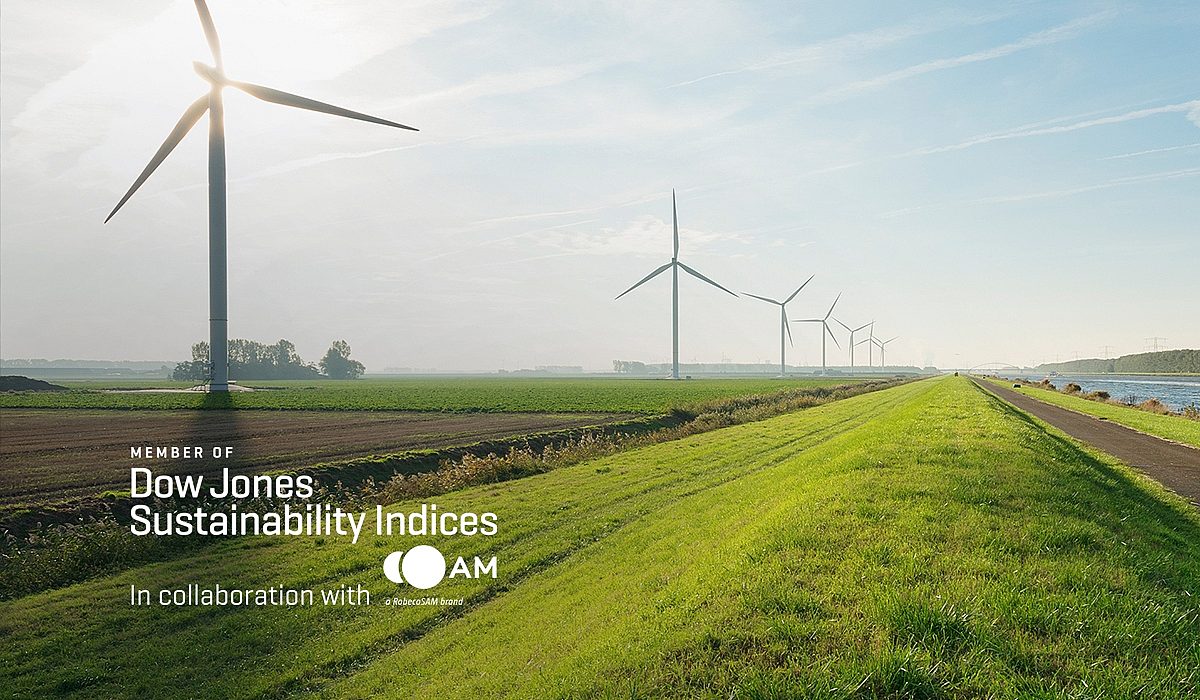
World’s most sustainable telecom company
The Dow Jones Sustainability Index has proclaimed KPN the world’s most sustainable telecom company.
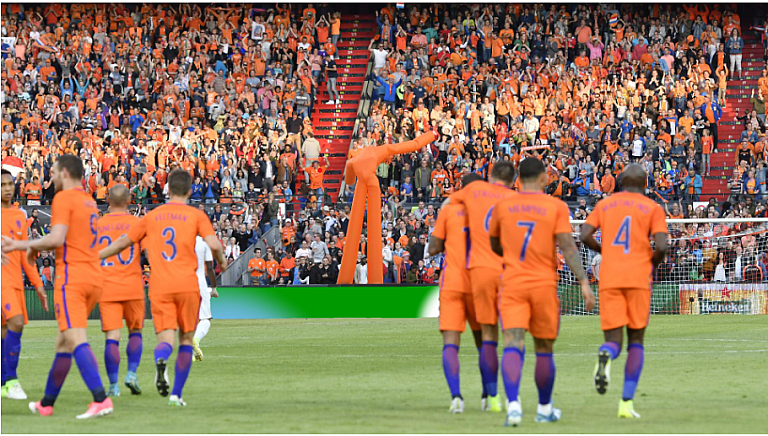
Sponsorovereenkomst met de KNVB
KPN sluit een sponsorovereenkomst met de KNVB voor 4 jaar. Als hoofdsponsor van de Nederlandse Eredivisie maakt KPN voetbal al op een aantrekkelijke manier toegankelijk voor al haar klanten. Via de overeenkomst met de KNVB gaat KPN nu ook het voetbal in de volle breedte ondersteunen; van Oranje en het succesvolle dameselftal tot en met de lokale amateurverenigingen.

LTE-M
KPN completes range of IoT networks with LTE-M nationwide coverage and has now completed its IoT connectivity portfolio. In addition to the LoRa and M2M applications, which make use of the mobile networks, customers can now also use LTE-M, which is particularly suitable for allowing devices to interchange data very frequently in a cost-efficient manner.
New CEO
Maximo Ibarra starts as CEO and Chairman of the Board of Directors of KPN. He succeeds Eelco Blok, who held this position for 8 years.
Global Cyberlympics
KPN maintains worldwide top position on Cyberlympics. The ethical hackers of KPN came third in the Global Cyberlympics final in Oshawa (Canada).
KPN 5G Field Lab
Start of KPN's 5G Field Lab for automotive applications at the Automotive Campus in Helmond, as part of the European Concorda project. The possibilities of connected & automated driving are being tested.
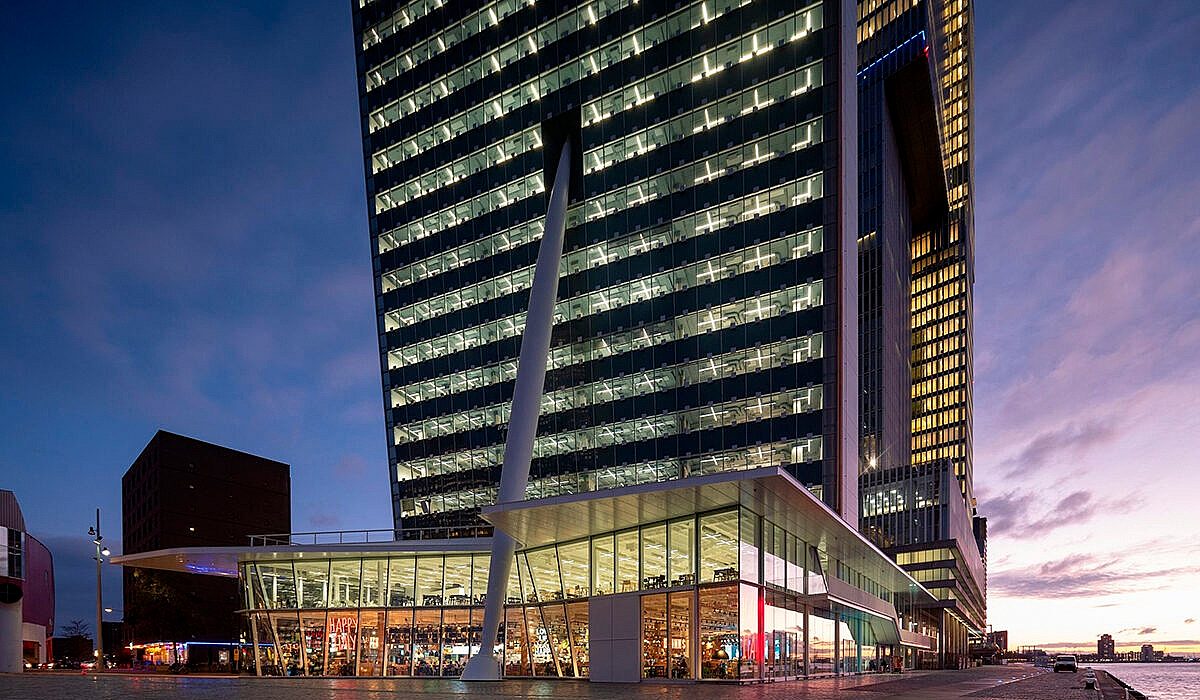
Modernization of KPN’s headquarters
The renovation and modernization of KPN’s headquarters in Rotterdam has been completed.
New CEO - Joost Farwerck
KPN appoints Joost Farwerck as CEO and Chairman of the Board of Management. He succeeds Maximo Ibarra, who stepped down as CEO of KPN after 1 year.

Opnieuw wereldklimaatleider
KPN behoorde in 2019 wederom tot de 2% van de bedrijven die volgens het Carbon Disclosure Project (CDP) wereldwijd klimaatleider zijn en vooroplopen in het verminderen van CO2-uitstoot en het inperken van klimaatverandering.
2020
2021
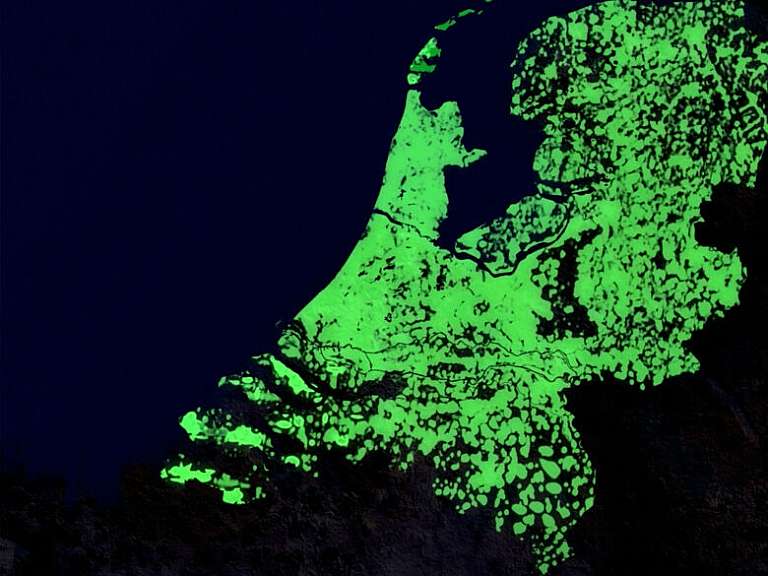
COVID-19 pandemic
Due to the global outbreak of the coronavirus (COVID-19) pandemic, strict social measures are being taken. People in the Netherlands have been called upon to work from home or to spread working hours as much as possible. Massive use is being made of our network all over the Netherlands from the beginning of the corona crisis. There is a sharp increase and a shift in traffic within the network: more from home, less from the office. We also see a significant increase in mobile call traffic and a rise in internet traffic.

KPN turns on 5G
KPN activates its renewed mobile network in the Netherlands. A huge operation that is expected to be completed in the second half of 2021. The benefits as of that day: even more speed and capacity - at home, on the road and in the office. In addition, all customers with a suitable device can instantly use 5G, the latest generation of mobile technology.
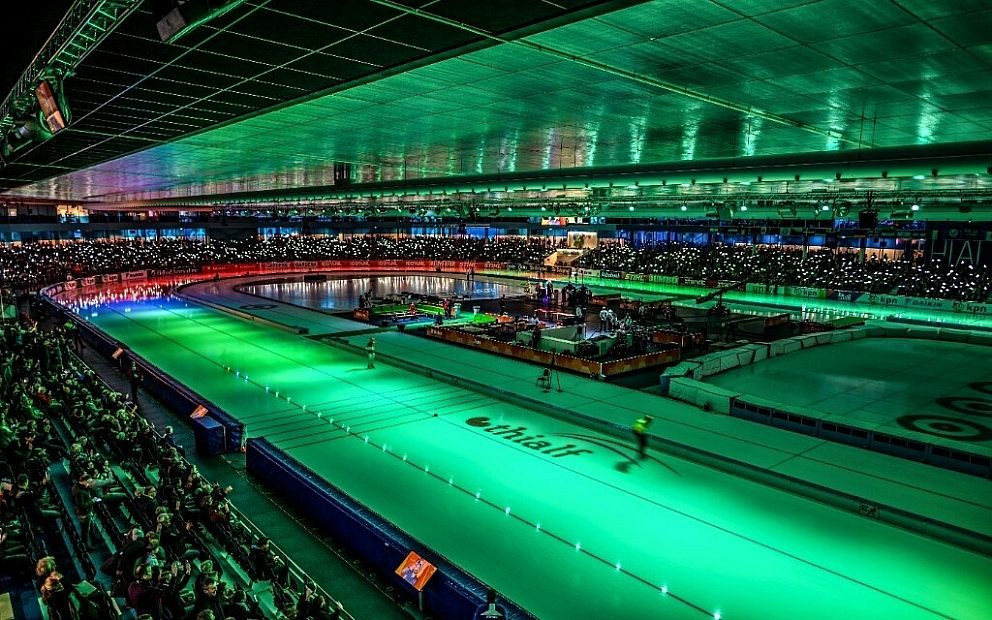
KPN ends skating partnership after ten years
After ten successful years as chief sponsor of the KNSB (Dutch Skating Association), KPN has ended this partnership. Both KPN and KNSB look back on a fruitful partnership that started in 2010 after the Vancouver Winter Olympics. With the support of KPN, the skating sport has been able to develop further, skating enthusiasm struck again during natural ice winters and a strong program was set up to teach children how to skate.
More sustainable fiber optic cabling
KPN is starting a pilot scheme for fiber-optic cable made from 90% recycled plastic. Only 10% new plastic is required to manufacture the sleeve that houses the fiber-optic cable. KPN is the first telecom company in Europe to experiment with this.
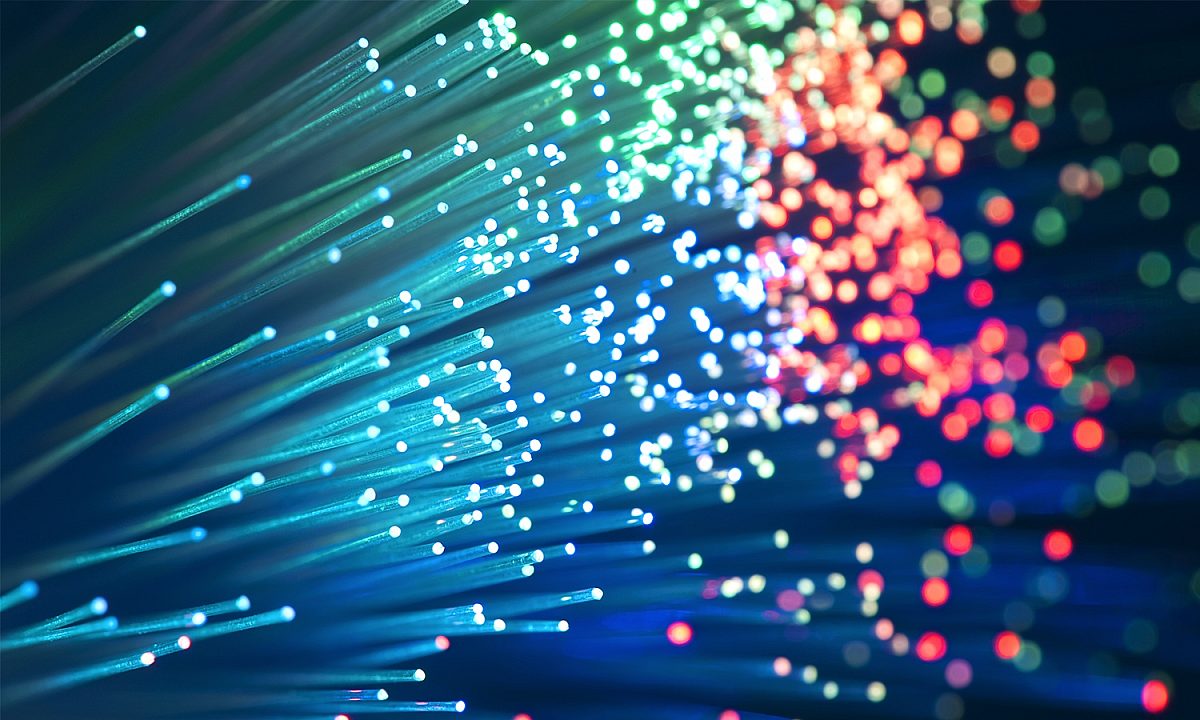
Accelerate digitalization
To accelerate digitalization in the Netherlands, KPN is investing approximately 3.5 billion euro in the next three years. KPN will double the number of households with super-fast internet via fiber by the end of 2025. And after that, KPN will also continue to renew its network by replacing copper with fiber, so that, in the long term, more than 80% of the Netherlands will have access to a connection with the speed of light and can benefit from the hyper-connected society.
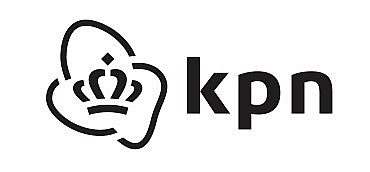
Introduction of renewed logo
Snelste 5G mobiele netwerk van Nederland
Het gloednieuwe 5G-netwerk van KPN is door Ookla® Speedtest® erkend als het ‘Snelste 5G Mobiele Netwerk’ van Nederland. Verschillende Nederlandse 5G-netwerken zijn getest. KPN komt als winnaar uit de bus met de hoogste downloadsnelheden en scoort daarmee het beste van alle mobiele operators in Nederland.

Record datagroei op mobiele netwerk
Opnieuw een datarecord op het mobiele netwerk van KPN door de vele nieuwjaarsgroeten. 248 terabytes, de hoogste toename sinds 10 jaar. Het maakt nog eens duidelijk hoe het netwerk van KPN iedereen verbindt. Nog niet zolang geleden werd er voornamelijk gebeld om elkaar een gelukkig nieuwjaar te wensen, ook werd het gebruik van sms erg populair. De laatste jaren wordt juist mobiele data gebruikt voor het versturen van whatsapp-berichten, het uploaden van filmpjes en het bekijken van social media en voor mobiel internet.
Beste mobiele netwerk van Nederland
Het mobiele netwerk van KPN is door Ookla® erkend als het ‘Beste Mobiele Netwerk’ van Nederland. Ookla analyseerde ruim een half miljoen tests van gebruikers van de verschillende Nederlandse mobiele netwerken vanaf circa 177 duizend unieke toestellen. KPN heeft de hoogste download- en uploadsnelheden en de beste mobiele dekking van alle Nederlandse operators.
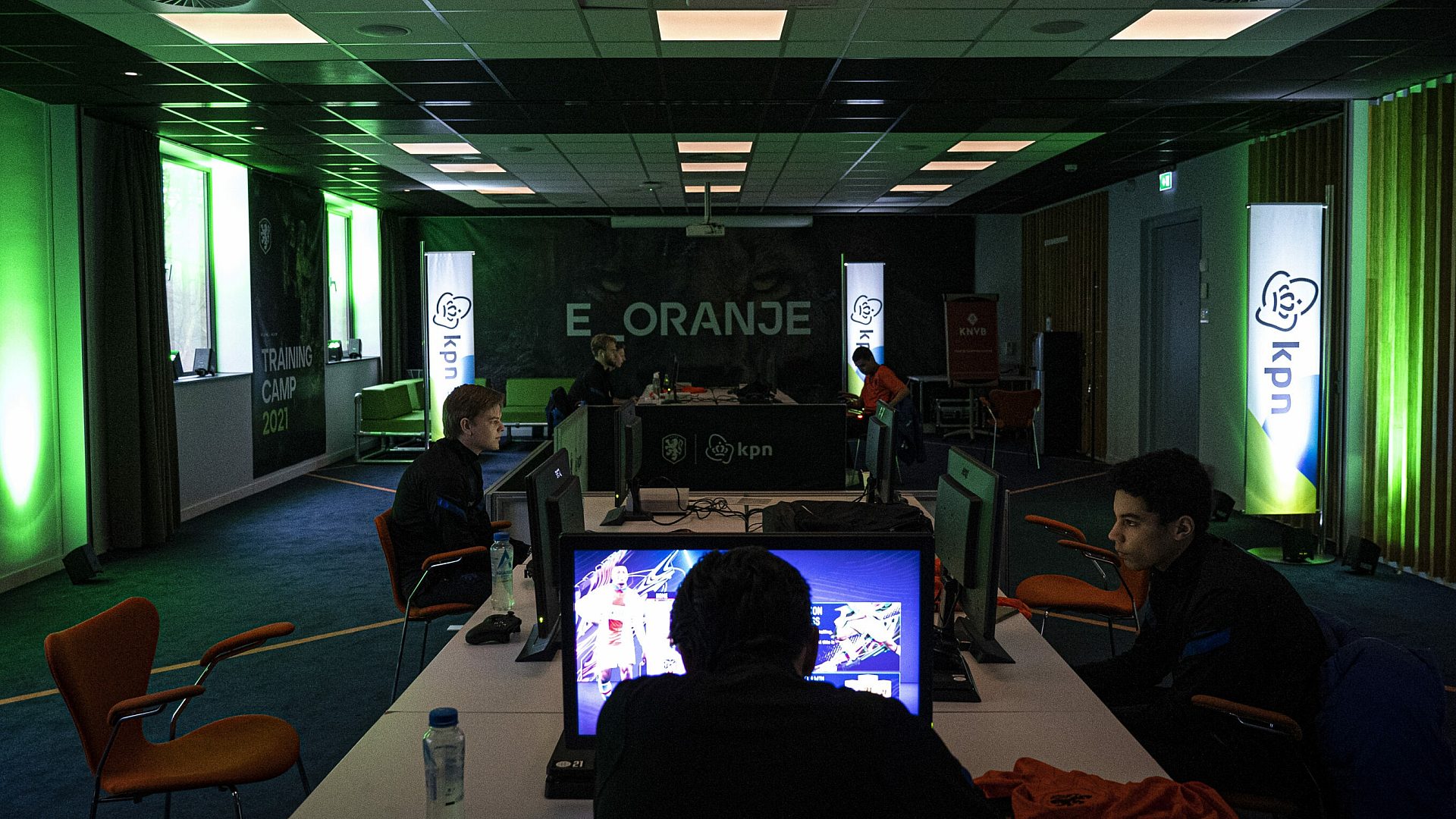
KPN launching partner E_Oranje
KPN has committed to becoming a launching partner of E_Oranje, the pre-selection of the digital Dutch team, part of the Royal Dutch Football Association’s (KNVB) new E_football strategy. For almost four years KPN has been a partner of the KNVB and seeks to increase its role in Esports and gaming with this partnership.
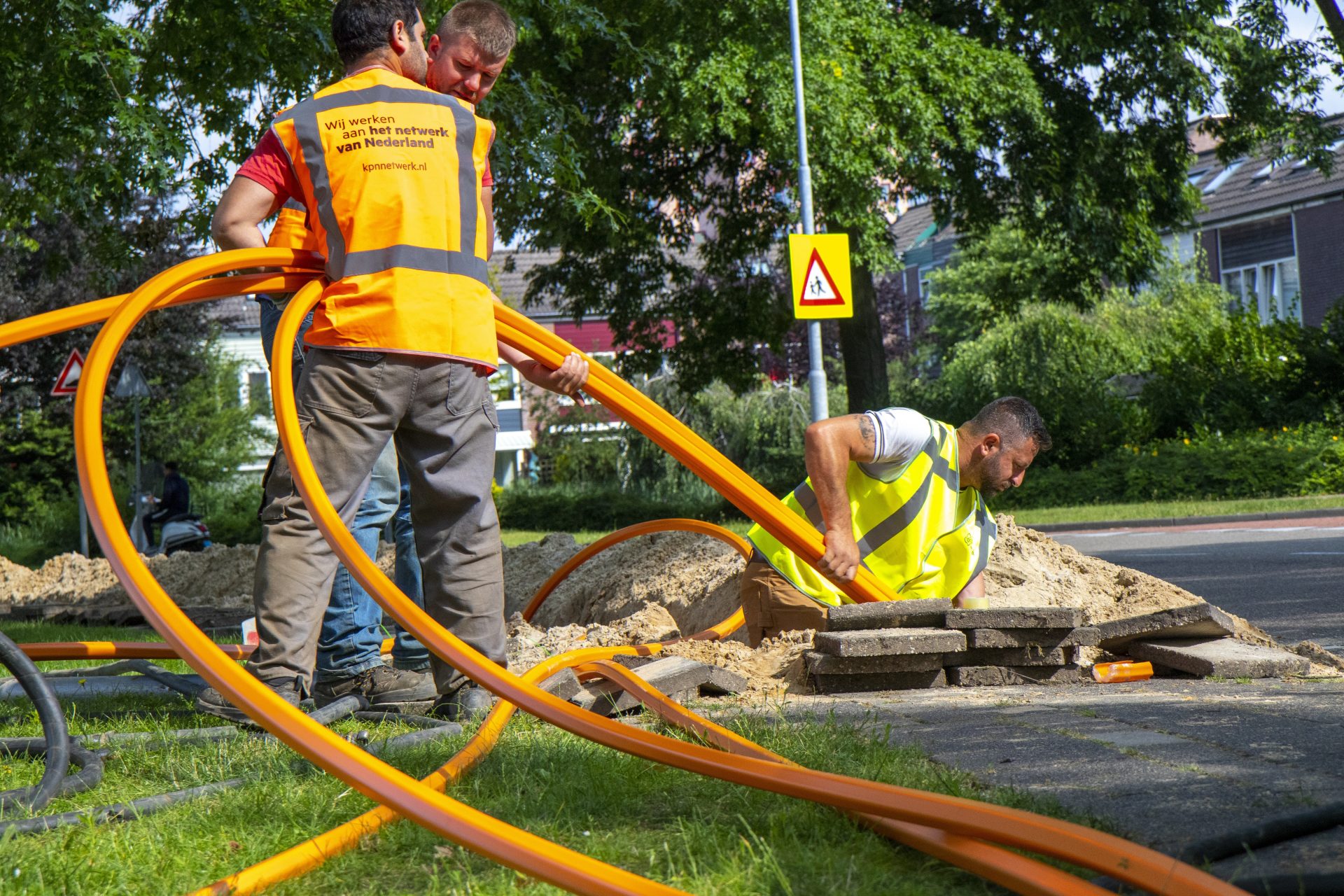
Glasvezel verslaat koper
Er zijn inmiddels meer KPN-klanten die gebruik maken van glasvezel dan van het kopernetwerk. Een belangrijke omslag in de geschiedenis van KPN. Een snelle en stabiele vaste internetaansluiting is cruciaal voor de verdere digitalisering van ons land. Daarom is KPN grote delen van Nederland aan het verglazen. Een enorme operatie; meer dan 4.000 bouwvakkers sluiten elke week zo’n 8.000 huizen aan. Dat zijn er circa 1.200 per dag, 150 per uur en 2,5 per minuut. En dat elke dag weer. Inmiddels zijn er al 3,4 miljoen Nederlandse huishoudens aangesloten op glasvezel van KPN.

Logo per 2022
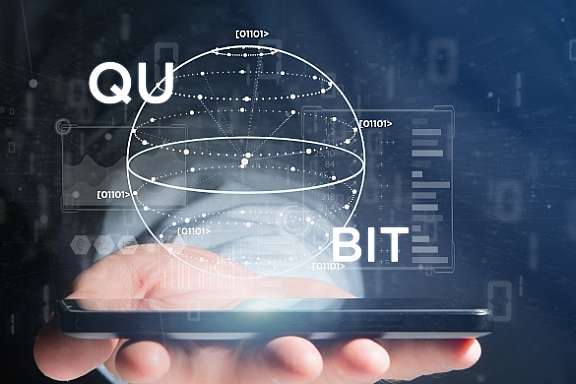
Quantuminternet
KPN experimenteert momenteel in Delft met een quantuminternet maar het zal nog (tientallen) jaren duren voordat we er dagelijks op surfen. Het quantuminternet is een onkraakbaar internet dat quantumcomputers met elkaar verbindt. Quantumcomputers zijn supercomputers die werken met qubits, oftewel bits die tegelijk een nul en een één kunnen zijn.

Tomorrow's history
No one can predict what the future will bring. KPN views technological innovations with an open mind. In the 3rd edition of 'The Technology Book' we define the ten most promising trends for the future. From 5G to energy harvesting. Showing that KPN is continually working towards new milestones, inventions that can give further momentum to the Netherlands. Just as we have been doing since 1881.
Read The Technology Book